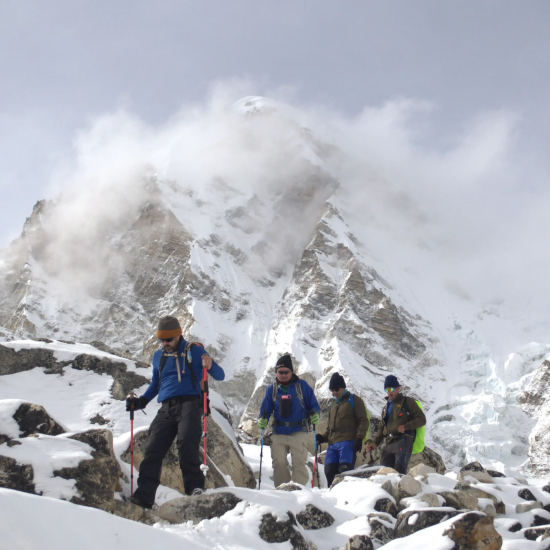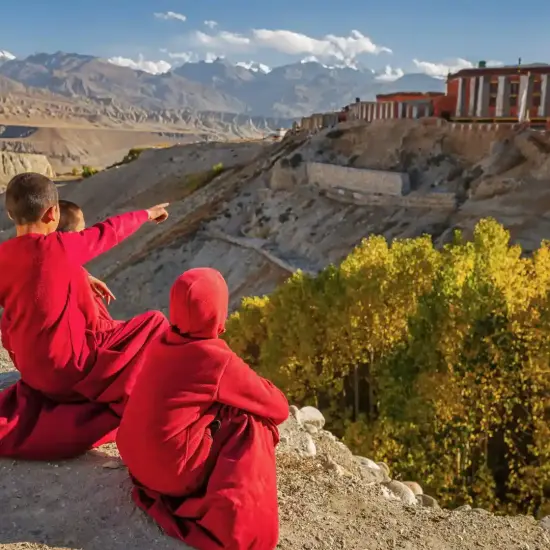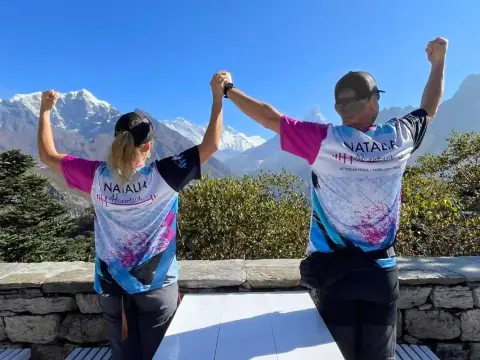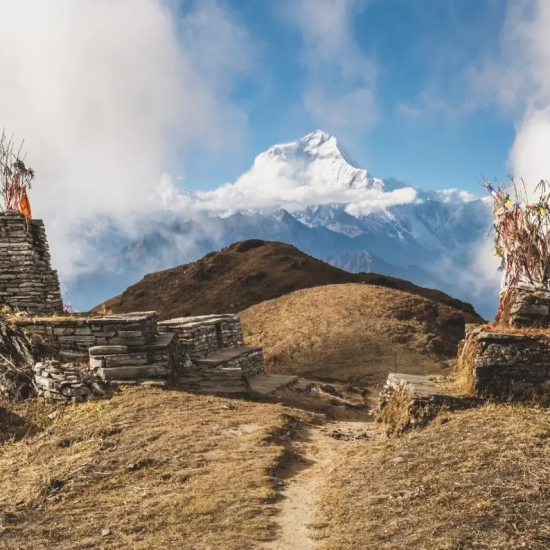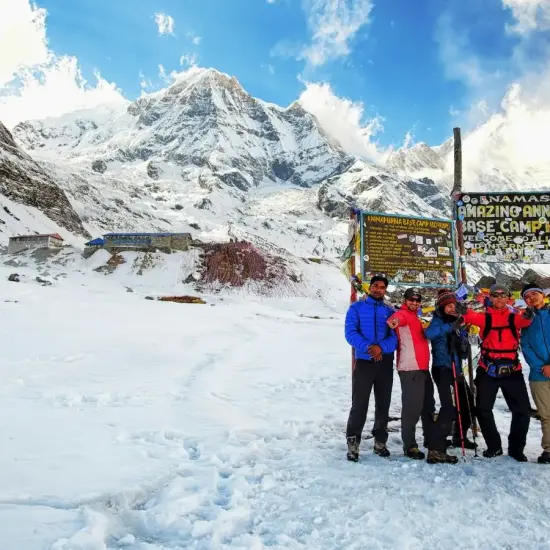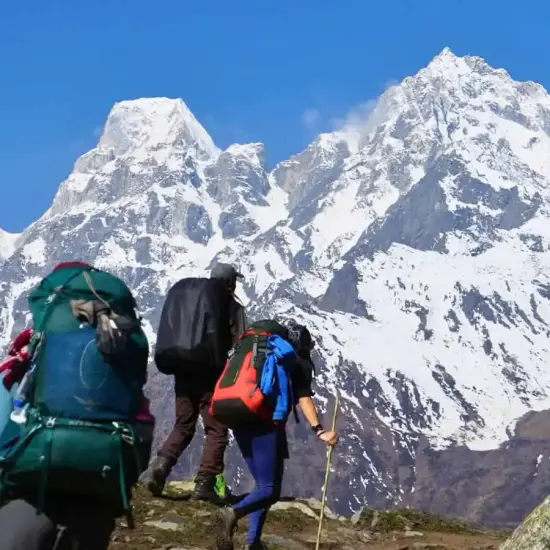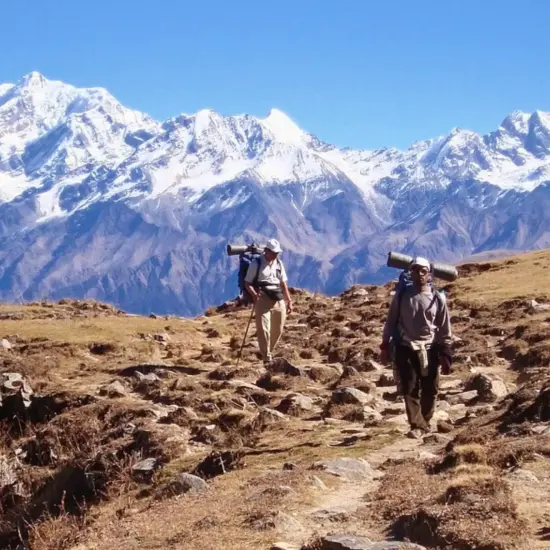Annapurna Circuit Trek | Himalayan Journey of a Lifetime
Duration: 10 Days | Max Altitude: 5,416m (Thorong La Pass)
The Annapurna Circuit Trek is one of Nepal's most celebrated long-distance treks, offering an exhilarating 10-day journey that encircles the dramatic Annapurna massif. With jaw-dropping mountain vistas, an ever-changing landscape, and vibrant cultural diversity, this trek is a dream come true for trekkers seeking both natural beauty and authentic local encounters.
Guided by the expert team at Places Nepal, this circuit blends adventure with meaningful cultural immersion. You’ll traverse from lush subtropical valleys to the arid highlands of Mustang, all while walking in the shadows of giants like Annapurna I (8,091m), Dhaulagiri (8,167m), and Nilgiri (7,061m). This condensed 10-day version maintains the trek’s legendary highlights while prioritizing acclimatization and safety.
The Trek Unfolds: From Marshyangdi Valleys to Kali Gandaki Gorges
The adventure begins with your arrival in Kathmandu, where you’ll meet your guide for a trek briefing before a scenic overland journey westward to Syange or Jagat. From here, your on-foot expedition begins along the Marshyangdi River Valley, threading through terraced fields, waterfalls, and Gurung and Magar villages nestled beneath the looming spires of Annapurna II and Lamjung Himal.
The trail winds upward through Dharapani, Chame, and Pisang, gradually trading forests for alpine meadows. You’ll pass iconic landmarks like Paungda Danda's curved rock wall, and witness cultural transitions as Tibetan Buddhist influences grow stronger. Monasteries, chortens, and prayer flags signal your entry into the highland communities of Manang and beyond.
A rest day in Manang (3,500m) ensures proper acclimatization. Optional side hikes to Ice Lake, Gangapurna Glacier, or Braga Monastery enrich your experience and help your body adjust. As the air thins, you’ll trek through Yak Kharka and Thorong Phedi, preparing for the physically demanding yet unforgettable ascent of Thorong La Pass (5,416m)—a high point in every sense.
Descending into Lower Mustang, the scenery changes dramatically. From alpine terrain, you enter a dry, desert-like region steeped in Tibetan culture. The pilgrimage site of Muktinath (3,800m) offers a spiritual pause with its eternal flame and 108 water spouts. Continuing down through Marpha and Jomsom, you’ll travel alongside the Kali Gandaki Gorge—reputedly the deepest gorge in the world—before catching a jeep to Pokhara and eventually returning to Kathmandu.
Teahouse Life: Accommodation & Amenities on the Trail
Along the route, trekkers stay in locally operated teahouses offering simple but clean twin-sharing rooms with beds, blankets, and basic furniture. Bathrooms are usually shared, and hot showers are available in lower-altitude lodges (often for a small fee). As you climb higher, amenities become more basic—but the charm and hospitality only grow stronger.
Each teahouse serves as both a rest stop and cultural hub. Gather with fellow trekkers in communal dining rooms heated by yak dung stoves, enjoy warm Nepali hospitality, and swap stories under the glow of headlamps and candlelight.
Electricity is available in most villages for charging devices, but outages are common. Wi-Fi is patchy and usually requires a small charge. Bring a headlamp, power bank, and enjoy a break from the digital world.
What to Eat & Drink While Trekking
Teahouses offer a surprisingly varied menu featuring traditional Nepali and Tibetan dishes alongside some Western comfort foods. Expect to eat plenty of dal bhat, noodle soups, fried rice, pasta, and hearty breakfasts like pancakes, porridge, eggs, and local Tibetan bread. Food is generally safe and freshly prepared.
Staying hydrated is vital. Bottled water is available for purchase, but environmentally conscious trekkers are encouraged to bring water purification tablets or a filter bottle. Most teahouses also provide boiled water for a fee.
Hot drinks like ginger tea, masala chai, lemon honey tea, and coffee are widely available and perfect for cold evenings.
What You'll Experience on the Annapurna Circuit
The Annapurna Circuit Trek is as much a cultural journey as it is a physical one. You’ll walk through a mosaic of ethnic communities—Gurung, Thakali, Magar, and Tibetan—each with distinct dialects, clothing, architecture, and traditions.
Expect:
Ever-changing landscapes: From jungle trails and river gorges to high-altitude deserts
Close-up views of 7000- and 8000-meter peaks nearly every day
Sacred pilgrimage sites like Muktinath Temple
Deep gorges, suspension bridges, prayer wheels, and ancient monasteries
Apple orchards and the famous apple brandy of Marpha
The unique rain shadow terrain of Manang and Mustang
Above all, you’ll experience the camaraderie of the trail—sharing laughter, stories, and sunrise views with fellow travelers from around the world.
Important Things to Know Before You Go
Trek Duration: 10 Days (including acclimatization)
Trek Grade: Moderate to strenuous. Daily hikes range from 5–7 hours.
Highest Point: Thorong La Pass at 5,416m
Permits Needed: Annapurna Conservation Area Permit (ACAP) and TIMS Card (arranged by us)
Acclimatization: Extra day in Manang ensures proper altitude adjustment
Travel Insurance: Must cover high-altitude trekking and emergency evacuation
Currency: Carry enough Nepali Rupees for the trek; ATMs are only available in Kathmandu and Pokhara
Packing Essentials: Layered clothing, sturdy boots, sun protection, down jacket, sleeping bag, and personal first aid kit
Why Trek with Places Nepal?
With Places Nepal, you're in the care of professionals who live and breathe the mountains. Here’s what we offer:
Well-Designed Itineraries tailored for safe acclimatization and scenic variety
Experienced Local Guides fluent in English and rich in regional knowledge
Sustainable Practices that respect nature and uplift local communities
Comfortable Accommodations in handpicked teahouses
Emergency Support, including first aid kits, oximeter checks, and evacuation coordination if needed
Personalized Attention, whether you're a solo traveler or group adventurer
We believe trekking is not just about reaching a destination, but connecting deeply with nature, culture, and yourself.
More Facts About the Annapurna Circuit
The Annapurna region is Nepal’s largest protected area, covering over 7,600 sq. km.
The Kali Gandaki Gorge, through which you’ll pass, is considered the world’s deepest gorge
Manang district lies in a rain shadow, giving it a unique dry, desert-like climate despite its altitude
The Thorong La Pass is among the highest trekking passes in the world
Wildlife includes snow leopards, blue sheep, Himalayan monals, and langurs
The Annapurna Circuit once took 21+ days, but new road access allows condensed versions like this 10-day trek
Ready to Trek the Annapurna Circuit?
Whether you’re a seasoned trekker or a first-time Himalayan explorer, the Annapurna Circuit Trek with Places Nepal. promises challenge, reward, and memory-making moments in equal measure.
📞 Get in touch today to customize your journey, join a group, or learn more about this epic trek.

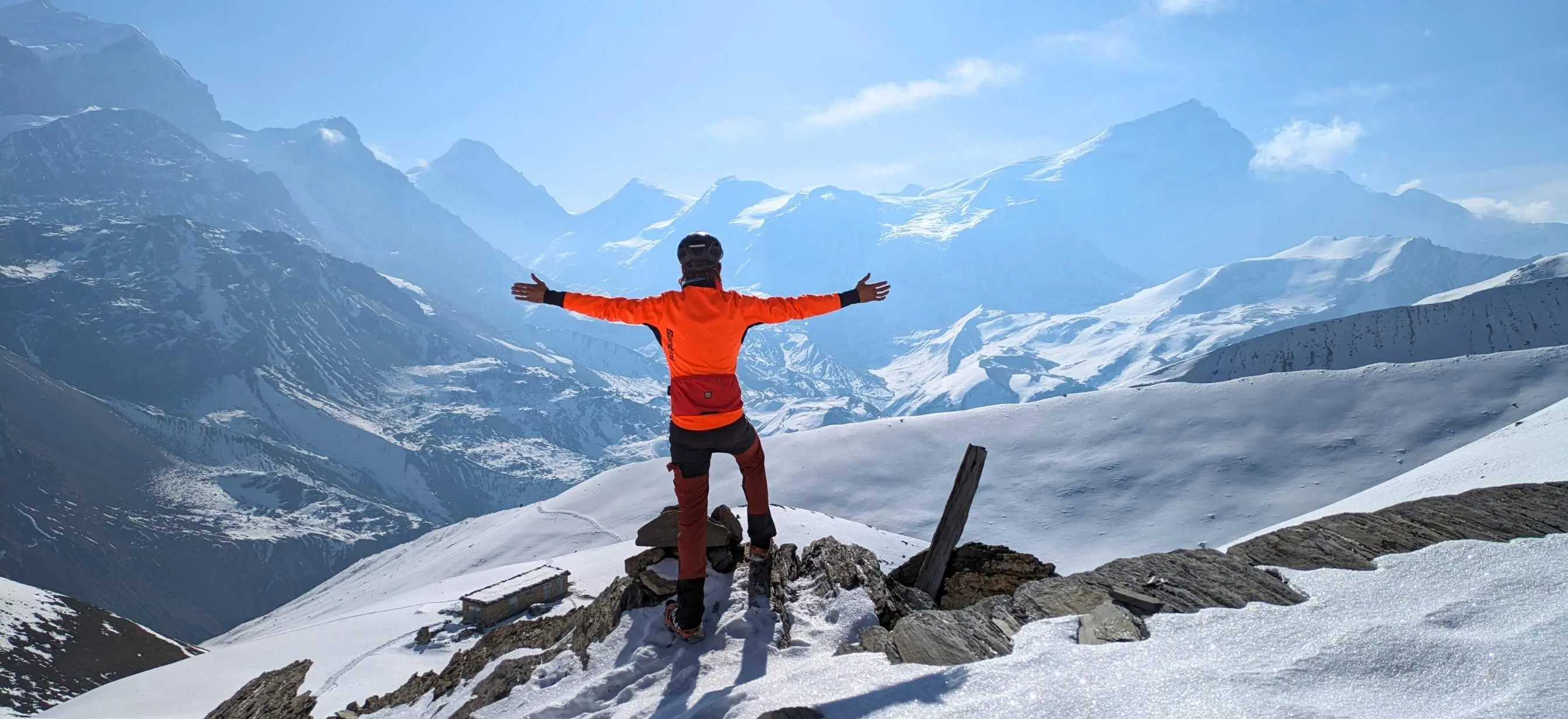
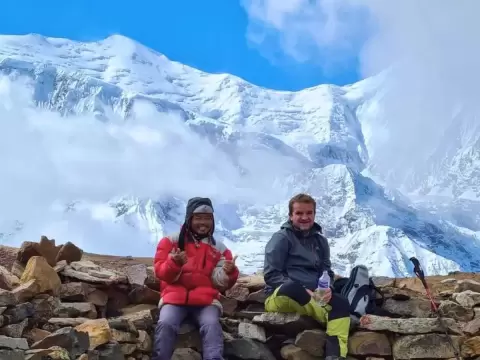
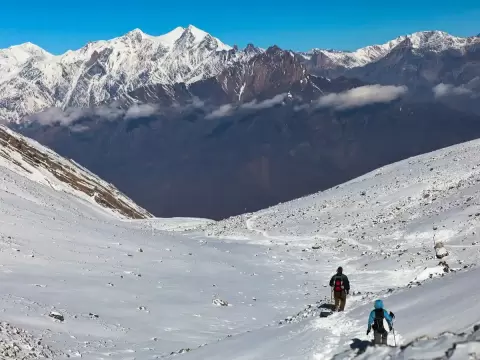
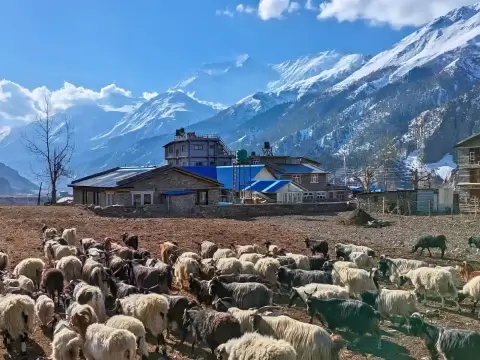
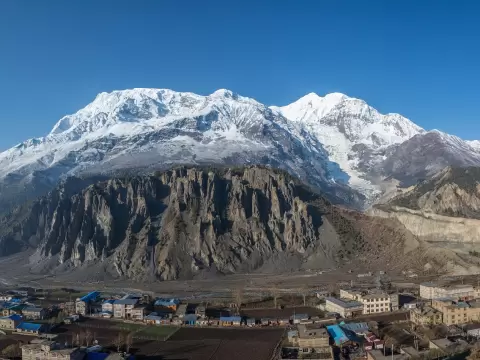
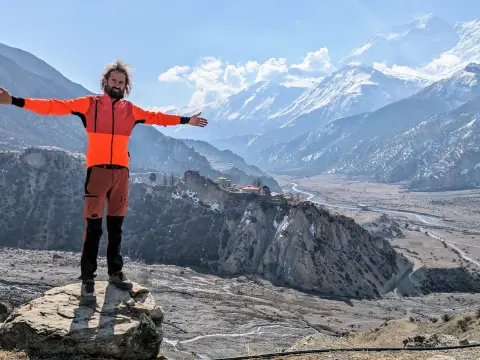
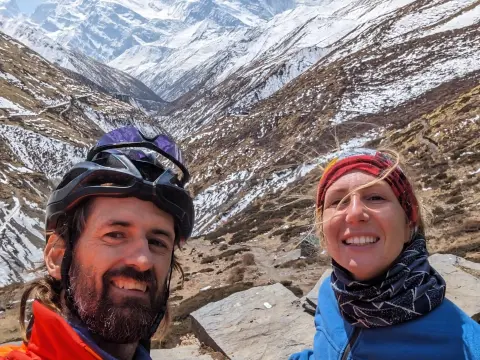
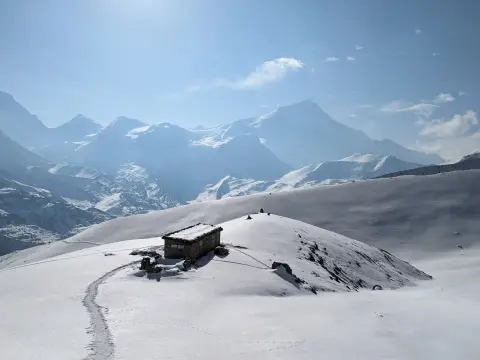
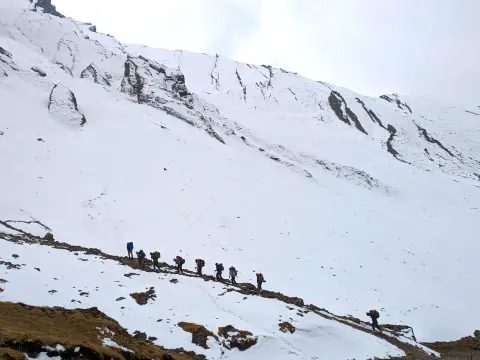
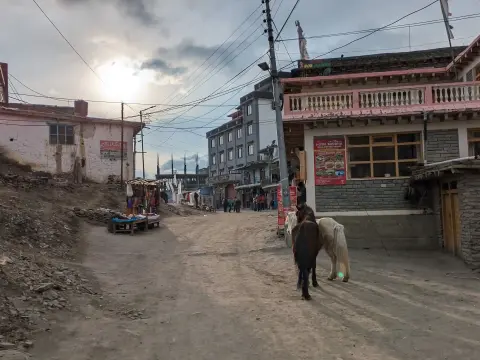
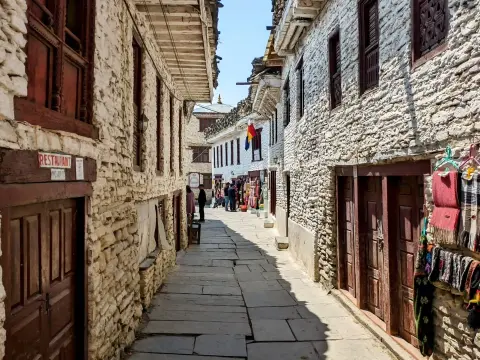

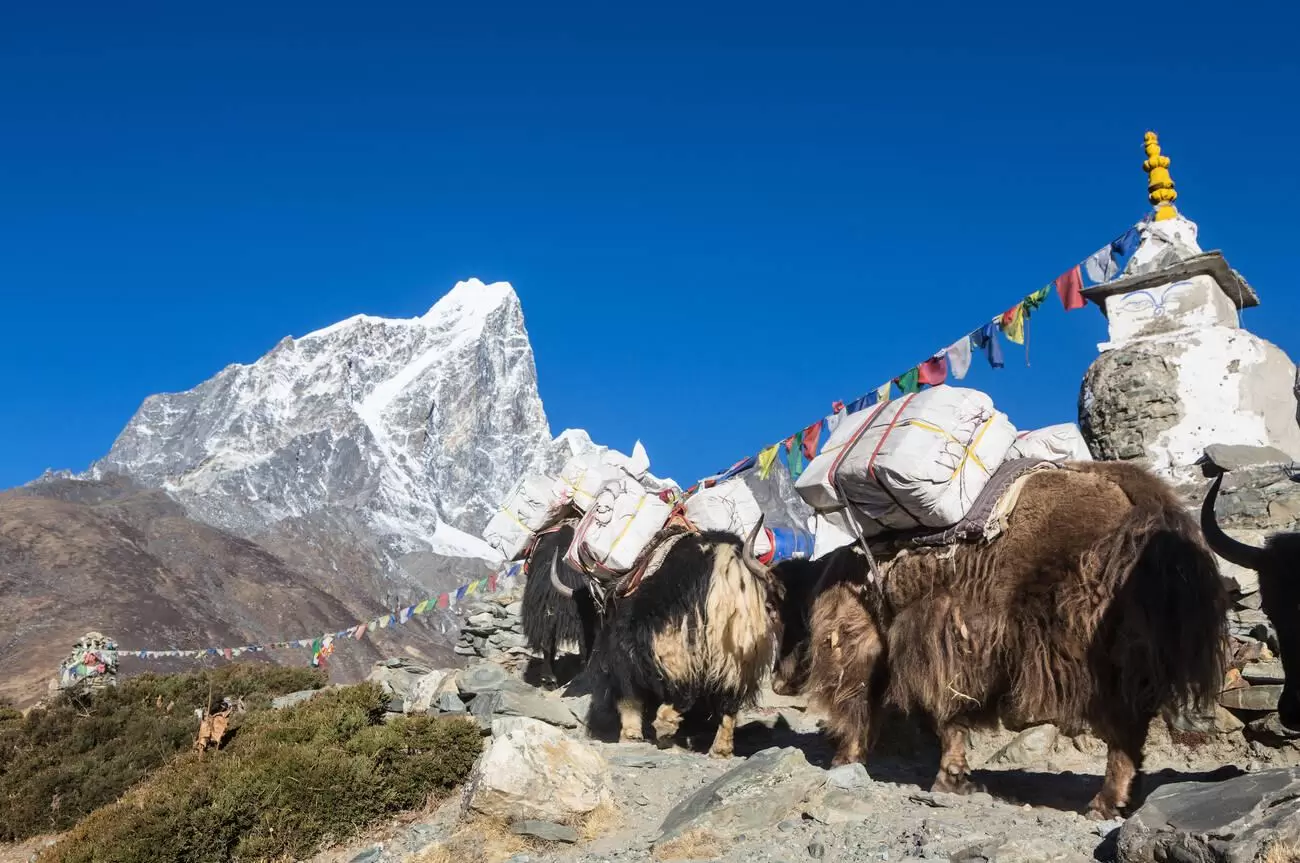
 General FAQs
General FAQs  Annapurna Circuit Trek Difficulty
Annapurna Circuit Trek Difficulty 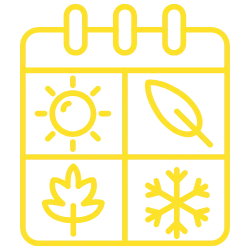 Best Time to Trek Annapurna Circuit
Best Time to Trek Annapurna Circuit  Annapurna Weather & Temperature
Annapurna Weather & Temperature  Arrival and Visas in Nepal
Arrival and Visas in Nepal  Annapurna Circuit Trek Cost
Annapurna Circuit Trek Cost -webp.webp) Booking and Cancellation
Booking and Cancellation 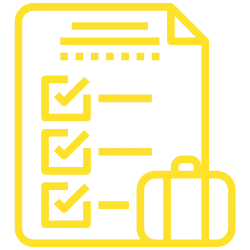 Packing and Prep
Packing and Prep  Health and Safety
Health and Safety -webp.webp) Transportation
Transportation 






































